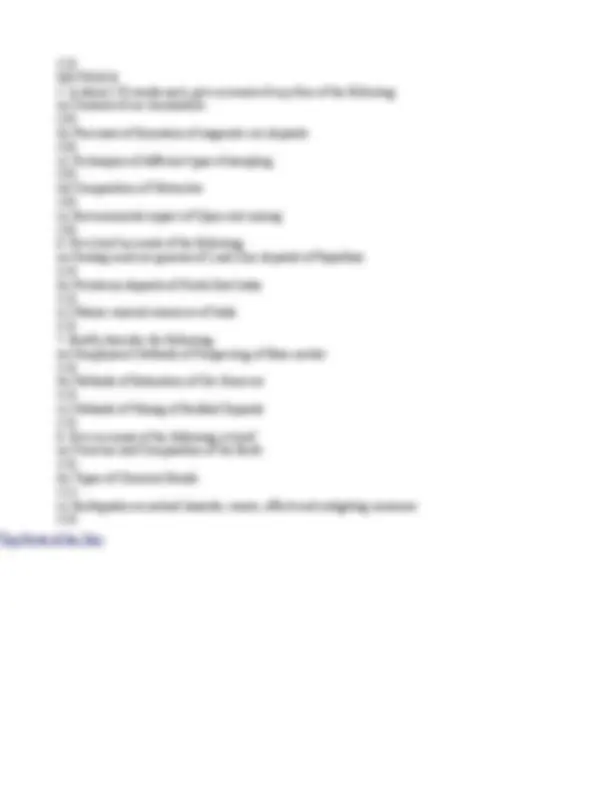



Study with the several resources on Docsity

Earn points by helping other students or get them with a premium plan


Prepare for your exams
Study with the several resources on Docsity

Earn points to download
Earn points by helping other students or get them with a premium plan
Community
Ask the community for help and clear up your study doubts
Discover the best universities in your country according to Docsity users
Free resources
Download our free guides on studying techniques, anxiety management strategies, and thesis advice from Docsity tutors
Magnitude Of Earthquake, Study Of Meteorites, Syntectonic Crystallization, Drainage Patterns, Top And Bottom Of The Beds, Seismic Studies Help In Knowing The Interior Of The Earth, Geomorphic Classification Of The Indian Subcontinent, Remote Sensing To Geological Investigations, Strike-Slip Fault, Mineral Lineation, Graben, Joints, Preservation Of Fossils, Causes Of Landslides, Singhbhum Shear Zone, Neogene-Quarternary Boundary, Salt Water Intrusion In Coastal Areas, Evolutionary Trends In Cepha
Typology: Exams
1 / 3

This page cannot be seen from the preview
Don't miss anything!

